Open-channel two-phase flow in rough rivers CFD Simulation, ANSYS Fluent
$80.00 $40.00 Student Discount
- This problem simulates open-channel two-phase flow in a rough river using Ansys Fluent software.
- The 3-D geometry is designed in Design Modeler software.
- ANSYS Meshing software is used to generate the mesh; the element number equals 839,470.
- In this project, the two-phase flow is simulated using the VOF model.
- How water flows over rough river, in this project is well modeled.
- In this project, open channel flow sub-model has been used.
- In this project, concept of convergence has been well described.
To Order Your Project or benefit from a CFD consultation, contact our experts via email (info@mr-cfd.com), online support tab, or WhatsApp at +44 7443 197273.
There are some Free Products to check our service quality.
If you want the training video in another language instead of English, ask it via info@mr-cfd.com after you buy the product.
Description
Description
Open-channel two-phase flow in rough rivers is a complex phenomenon in fluid mechanics that describes the interaction between liquid and gas phases in natural channels with irregular topography. This hydrodynamic process involves the simultaneous movement of water and air over beds with variable roughness, resulting in the formation of diverse flow patterns, bubble generation, and vortices of various scales. The river bed morphology acts as a controlling factor, influencing hydraulic parameters including velocity distribution, shear stress, and sediment transport. Quantitative understanding of this phenomenon is crucial for hydrologists, river engineers, and aquatic ecologists, as it forms the basis for modeling river behavior, designing hydraulic structures, and preserving aquatic ecosystems. Researchers employ advanced experimental methods, numerical modeling, and precise field measurement techniques to investigate the dynamics of these complex systems. The aim of these studies is to develop more accurate predictive models and improve water resource management and flood control strategies in varying climatic conditions.
Ansys Fluent software provides the VOF model, which is a homogeneous model, for two or multi-phase flows where all phases are continuous and have a defined interface. The main goal of this model is to find this specific interface. The VOF model uses a special discretization to discretize the volume fraction equation, which makes the interface between the phases well modeled. To use this model, it must be observed that the mesh size is very small in the places where we have an interface.
In this project, the flow through an open-channel river with a rough section has been well modeled. A rectangular domain has been considered with the left side as the inlet and the right side as the outlet. In this project, we have used the “open channel flow” module. This module takes the height of levels at the inlet and outlet as input and models the open channel flow according to these heights. In areas with roughness, more turbulent structures are generated and losses become more intense. In this project, the sum of mass flow rate on the inlet and outlet surfaces throughout the simulation is defined as a parameter to check the convergence of the problem and the concept of convergence has been well described.
CFD simulation methodology
In this project, the geometry is generated in Design Modeler and meshed in ANSYS Meshing with 839470 elements. For simulation, VOF multiphase flow model and the open channel flow sub-model has been used. The project is two-phase and the phases are air and water. The k-epsilon model has been used to model turbulent structures. For the initial conditions, it is considered that the entire domain contains air and as soon as the solution starts, water flows from the corresponding inlet. In this project, gravity is active and has a y-component. Finally, it should be noted that the simulation was performed in steady-state mode because the final solution of the problem is of importance to us.
Conclusion
At the end of the solution process, contours related to pressure, velocity, viscosity, density, water volume fraction and air volume fraction were obtained. The water volume fractions at the inlet and outlet surfaces are presented in Table 1 and they are also shown in Figure 1. As can be seen, the water volume fraction has increased at the outlet, meaning that the rough surfaces have caused greater accumulation of water flow, resulting in a higher proportion of water at the outlet. Note that the mass flow in the inlet and outlet is equal in the steady state, only the proportion of water in the outlet has increased and the proportion of air has decreased; And the reason for this is the rough surfaces that raise the water level.
Finally, to examine the convergence of the problem, a parameter defined as ‘sum of mass flow rate at inlet and outlet’ has been introduced. Obviously, this parameter should tend to zero in the simulation for the problem to be considered converged; this is illustrated in the graph in Figure 2.
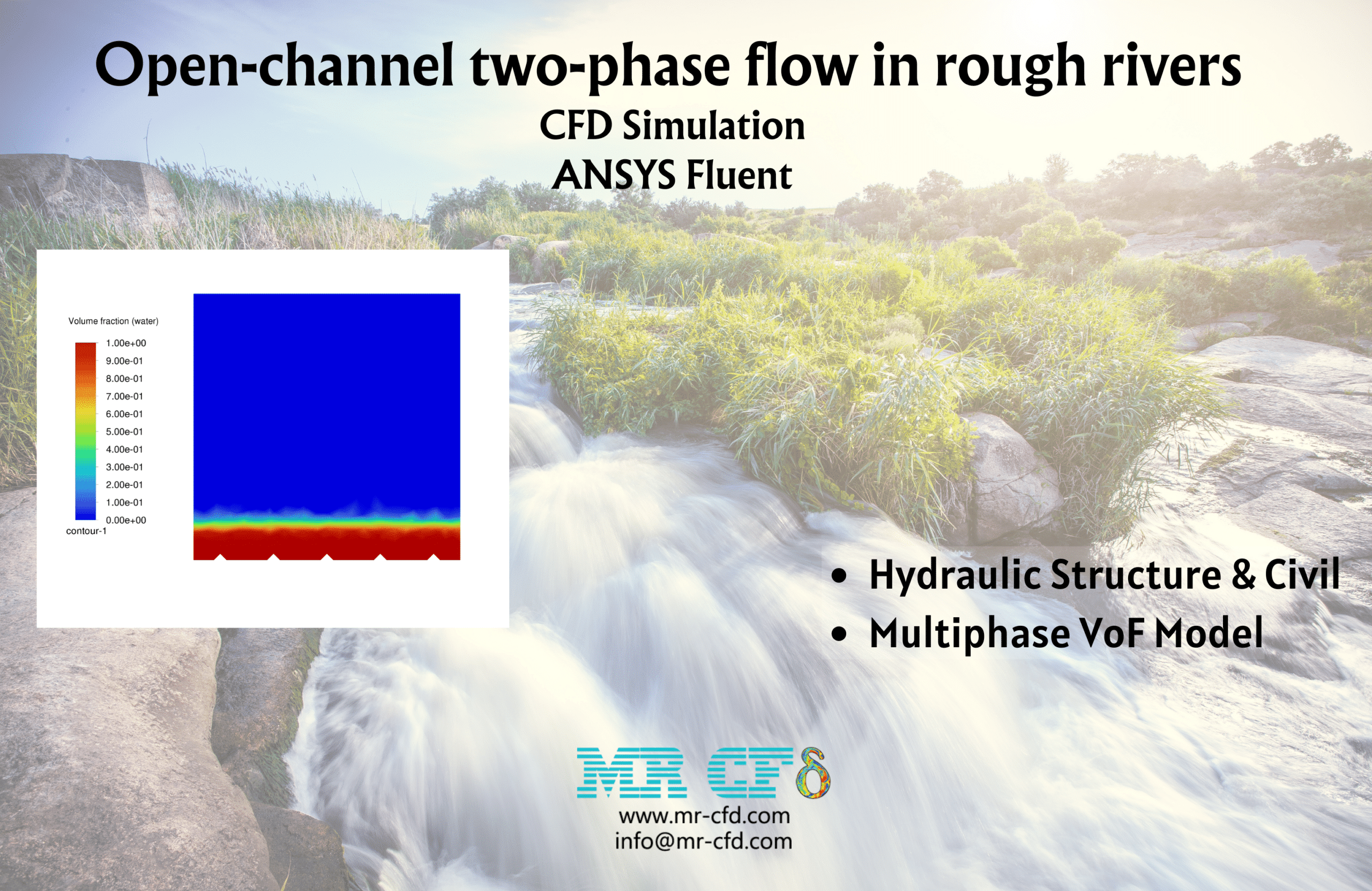
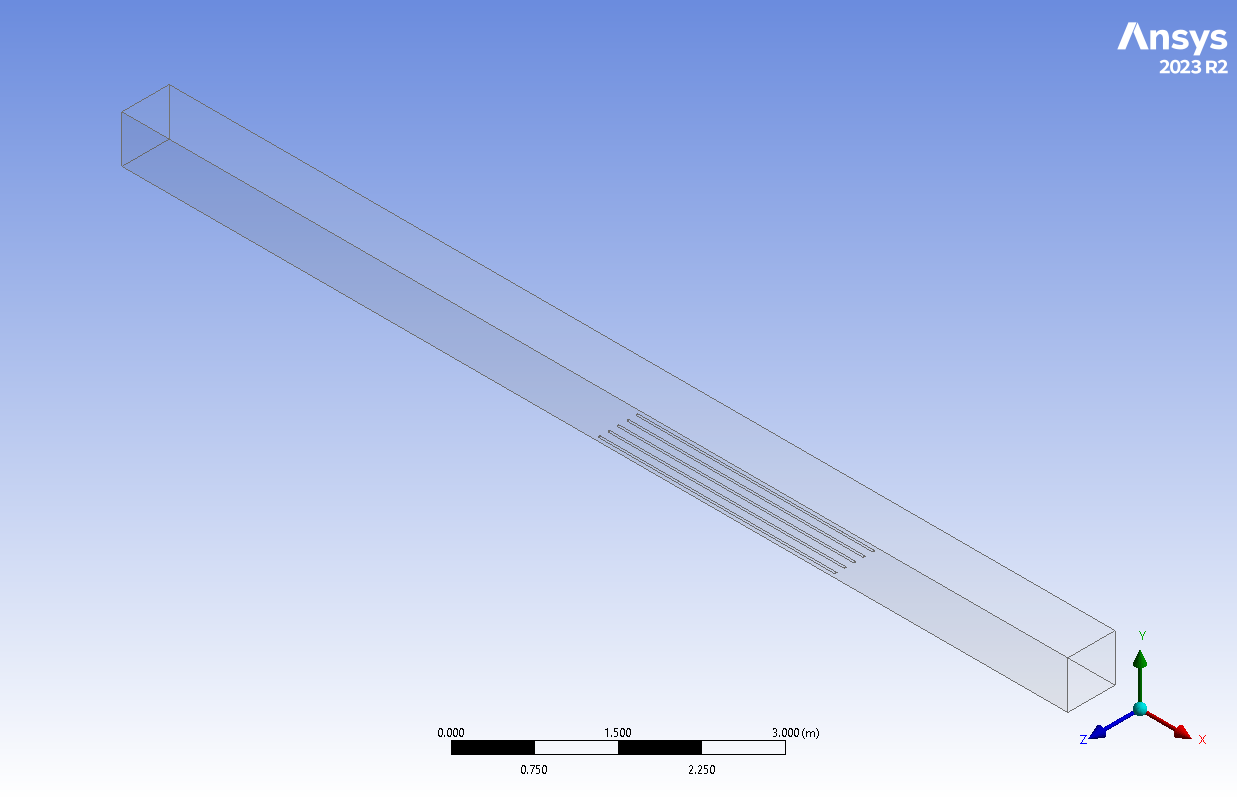
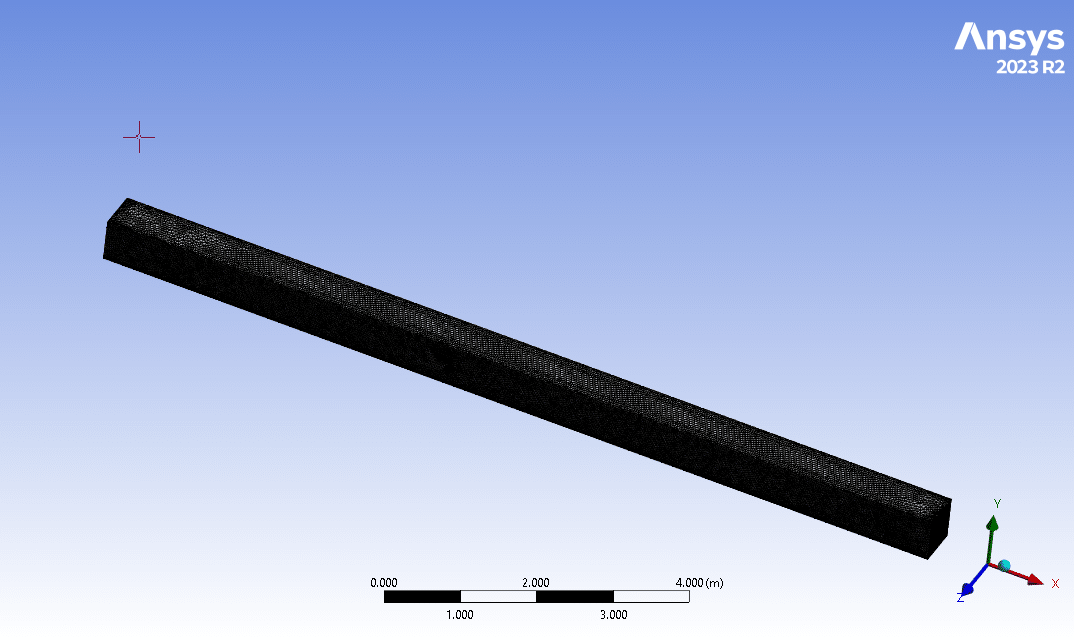
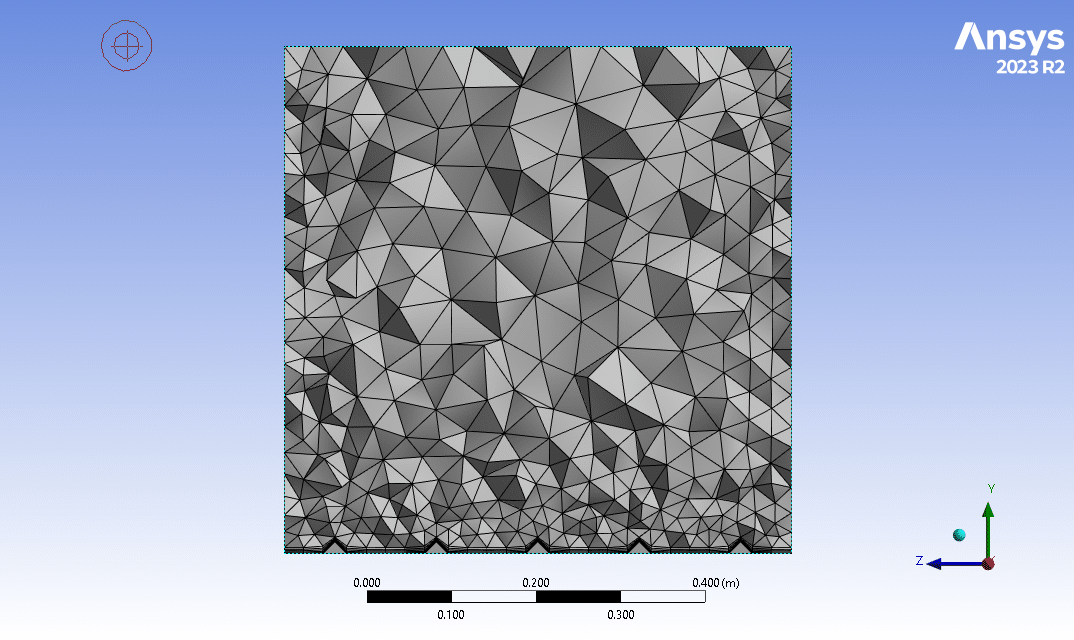
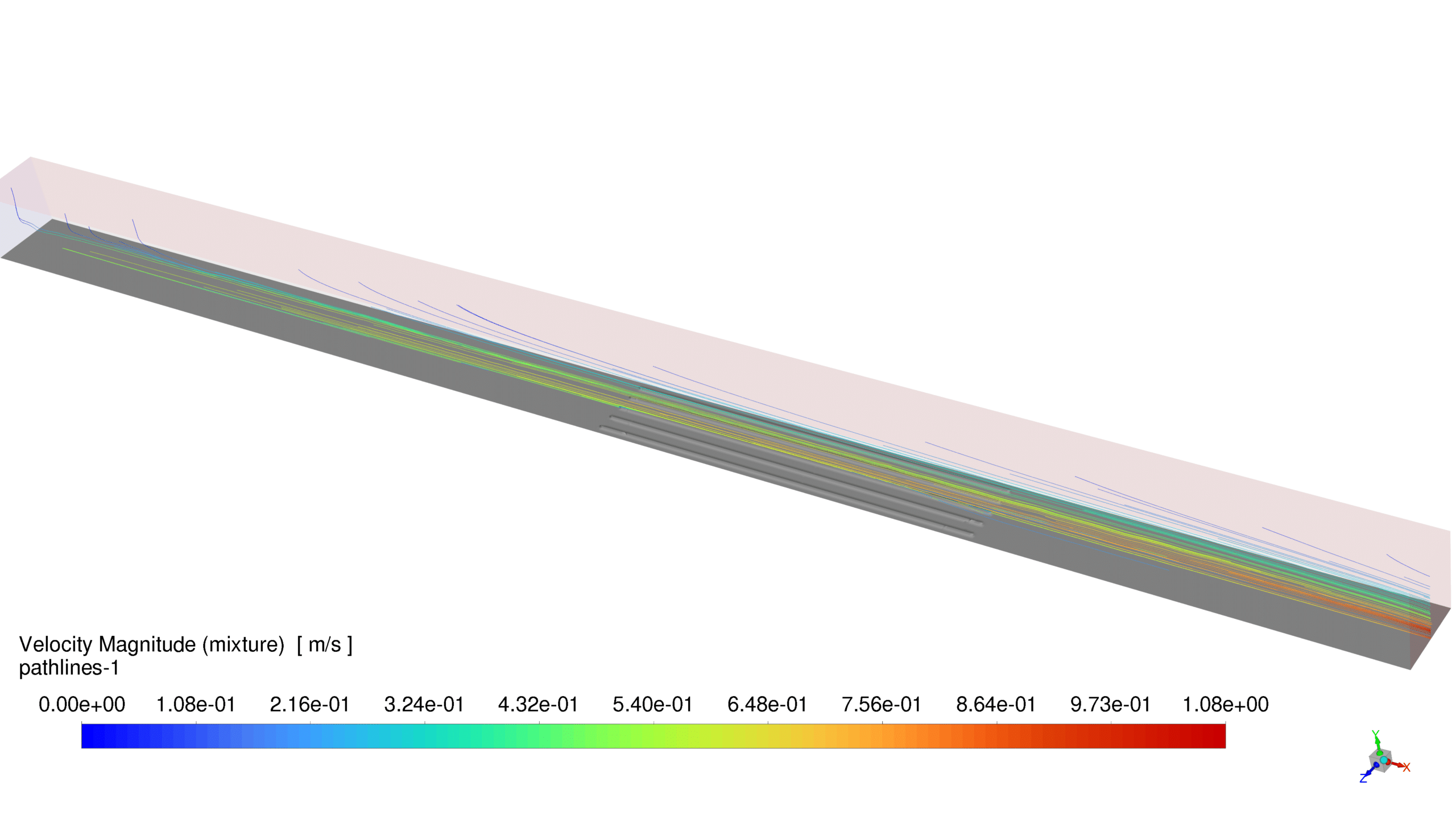
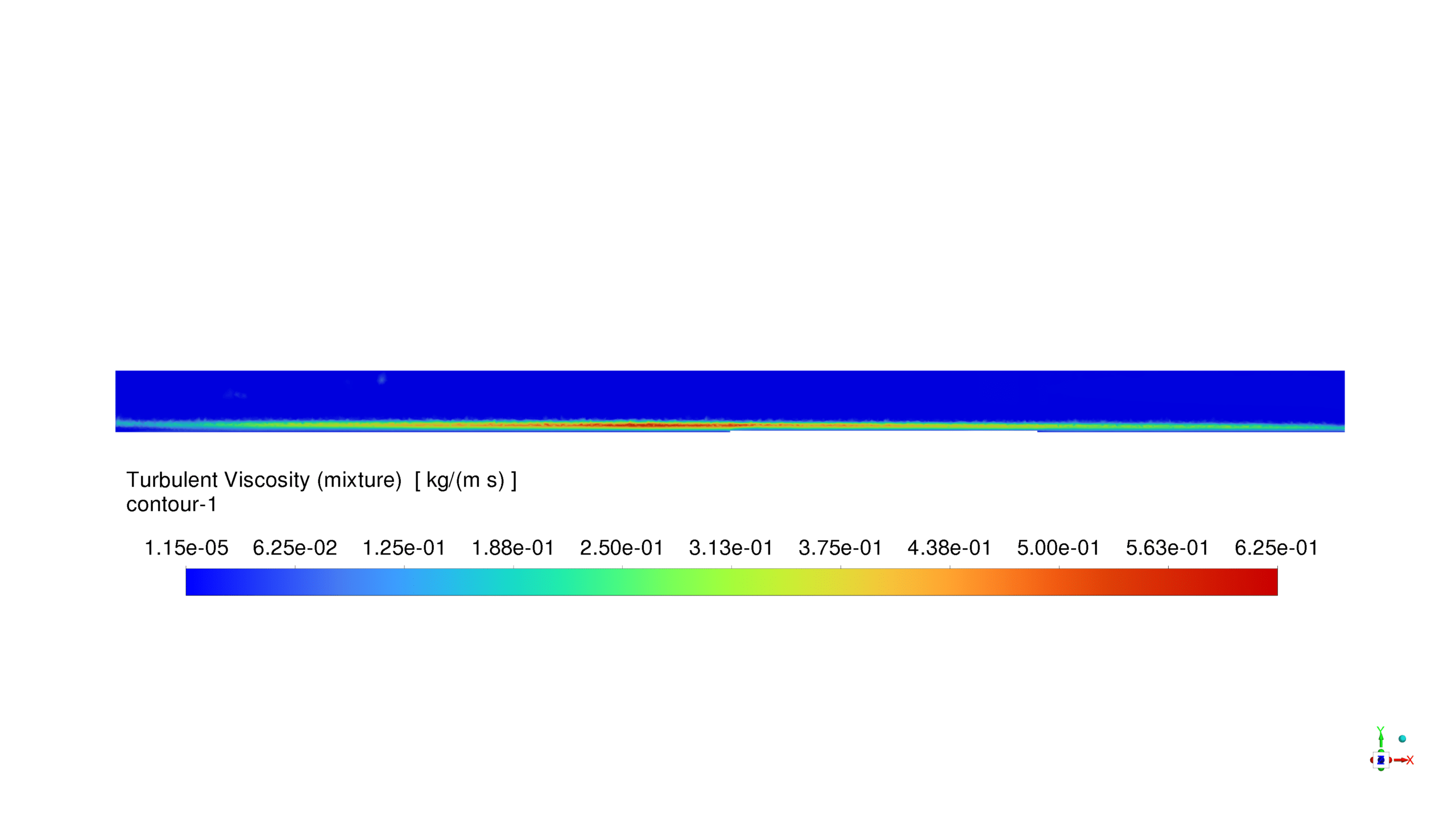
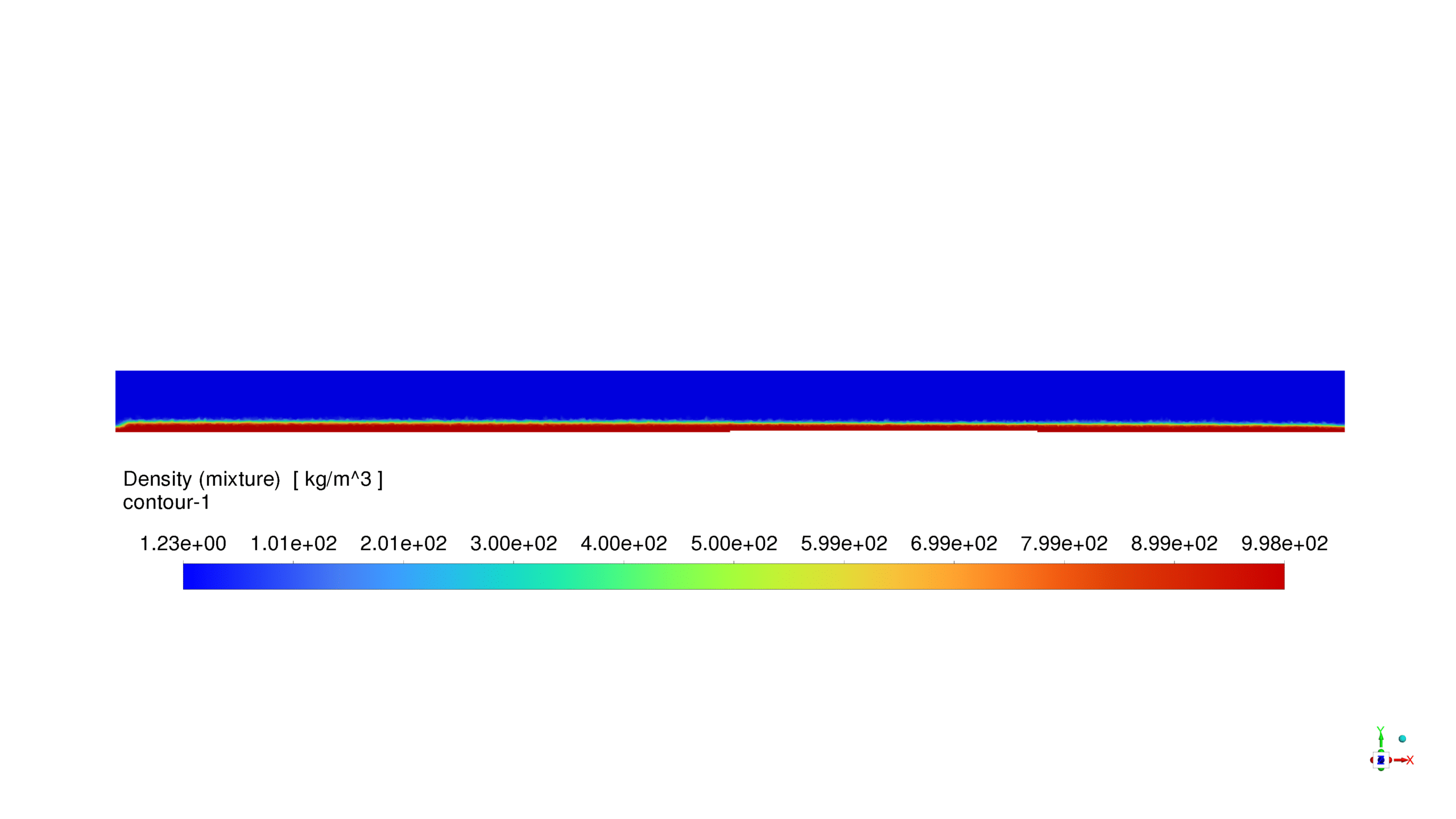
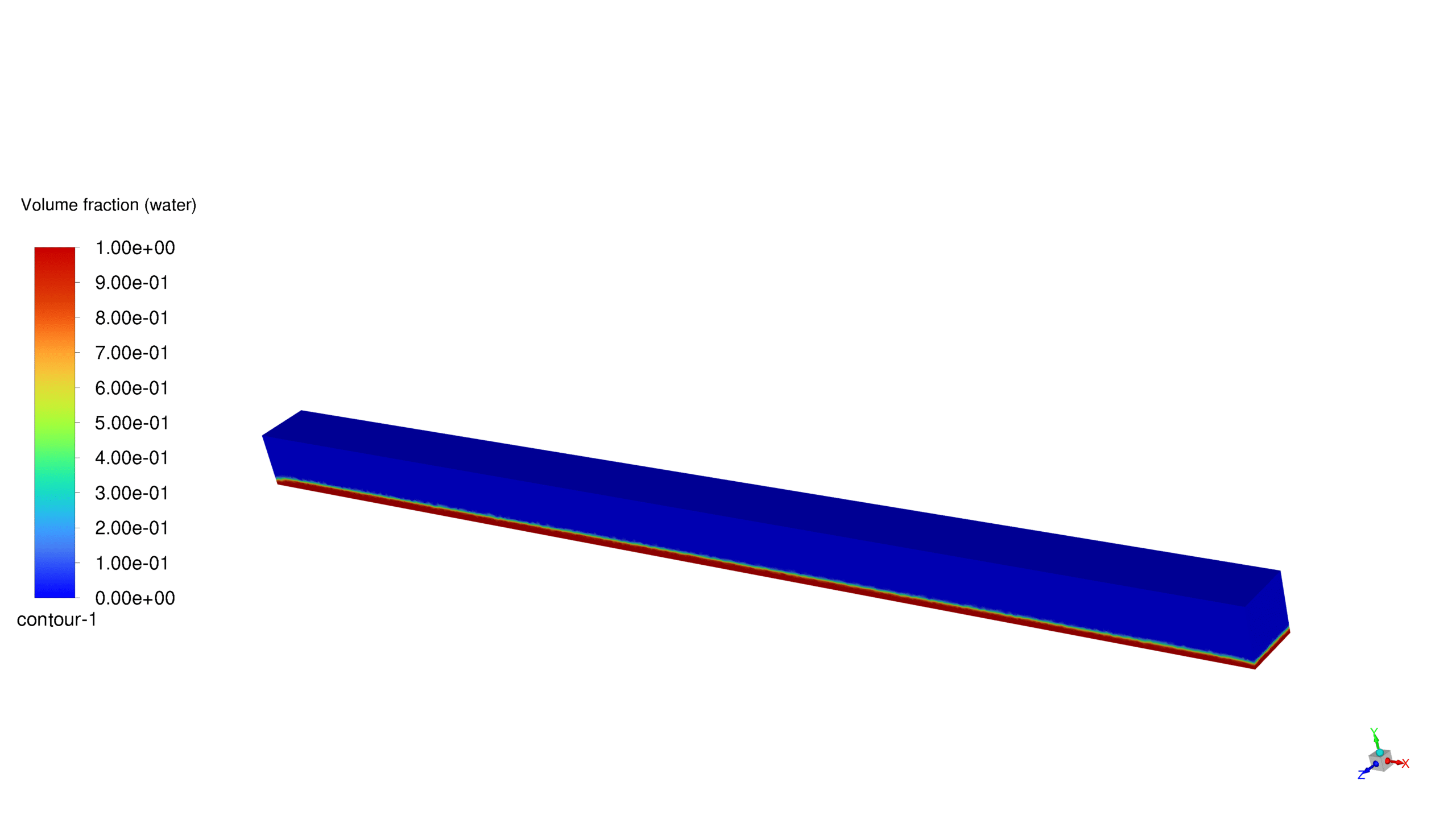
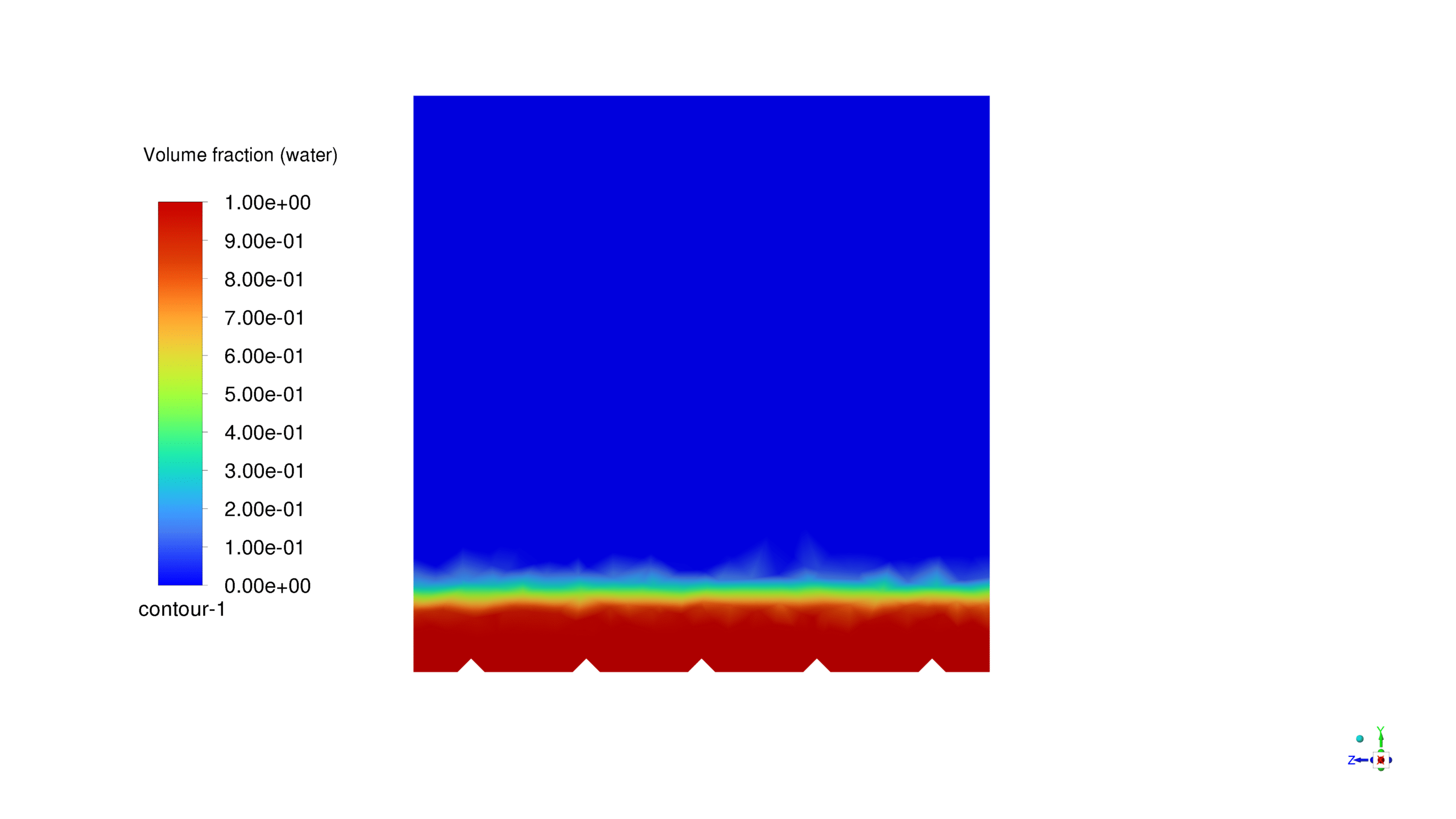
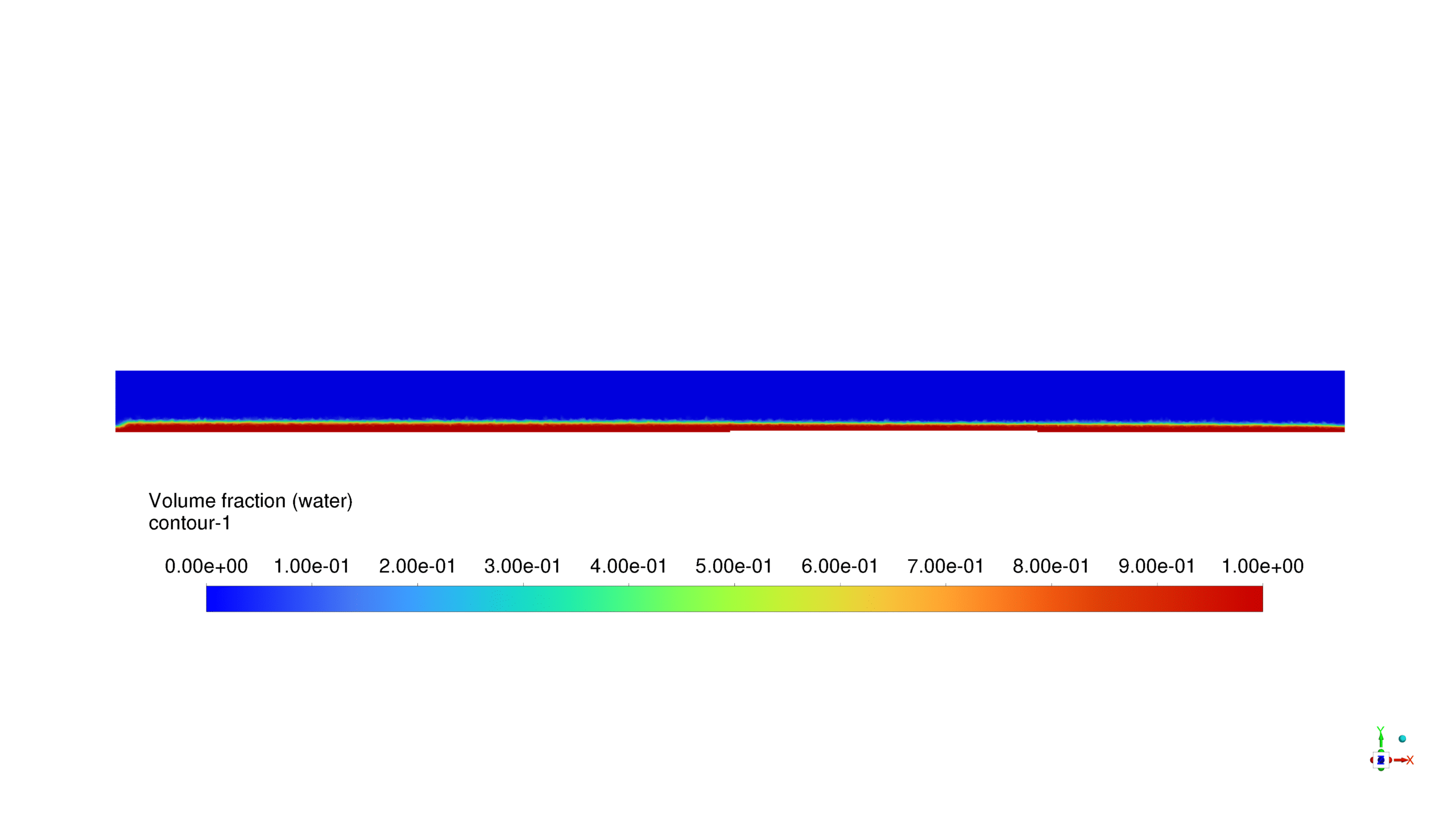
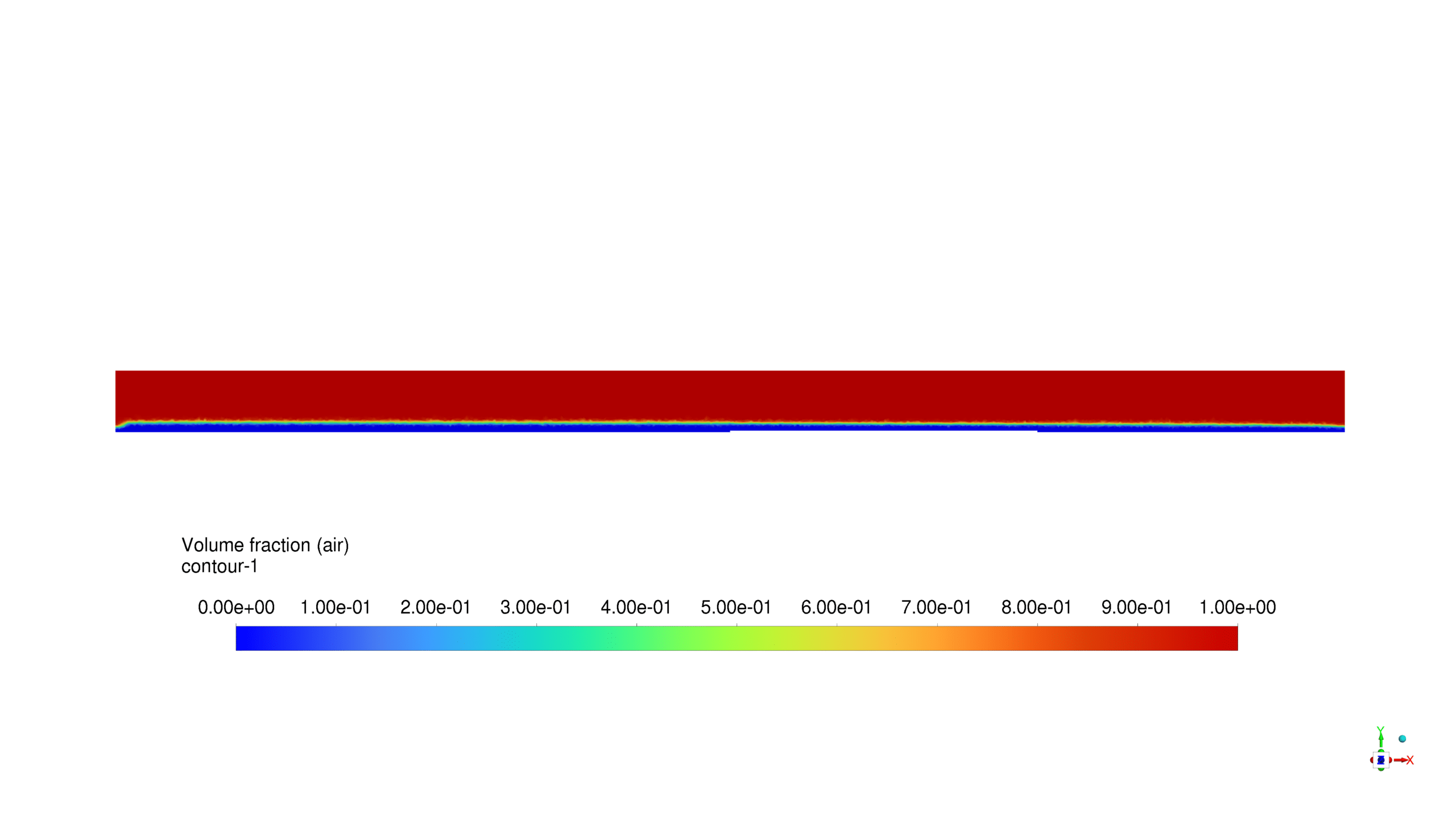
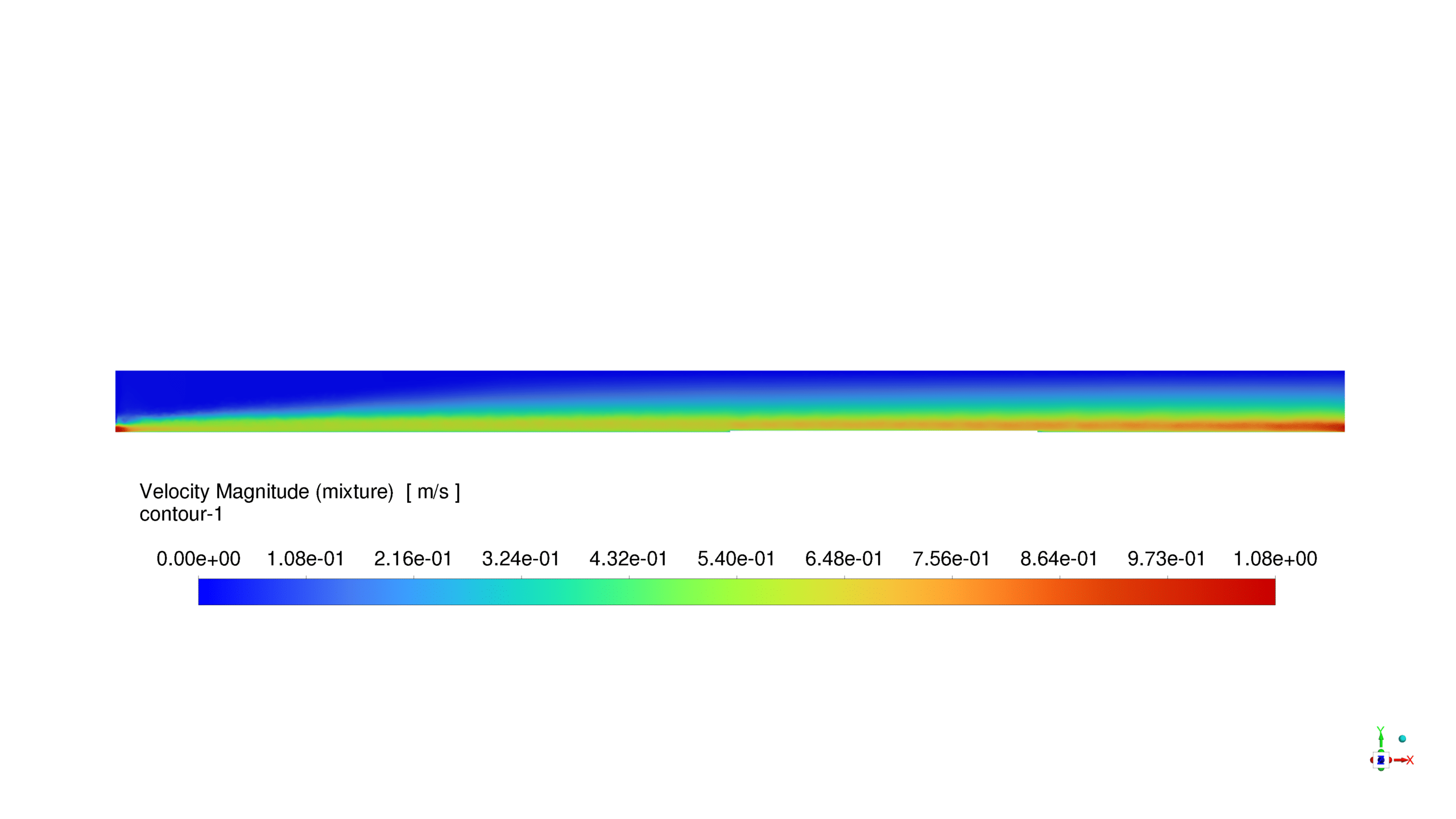




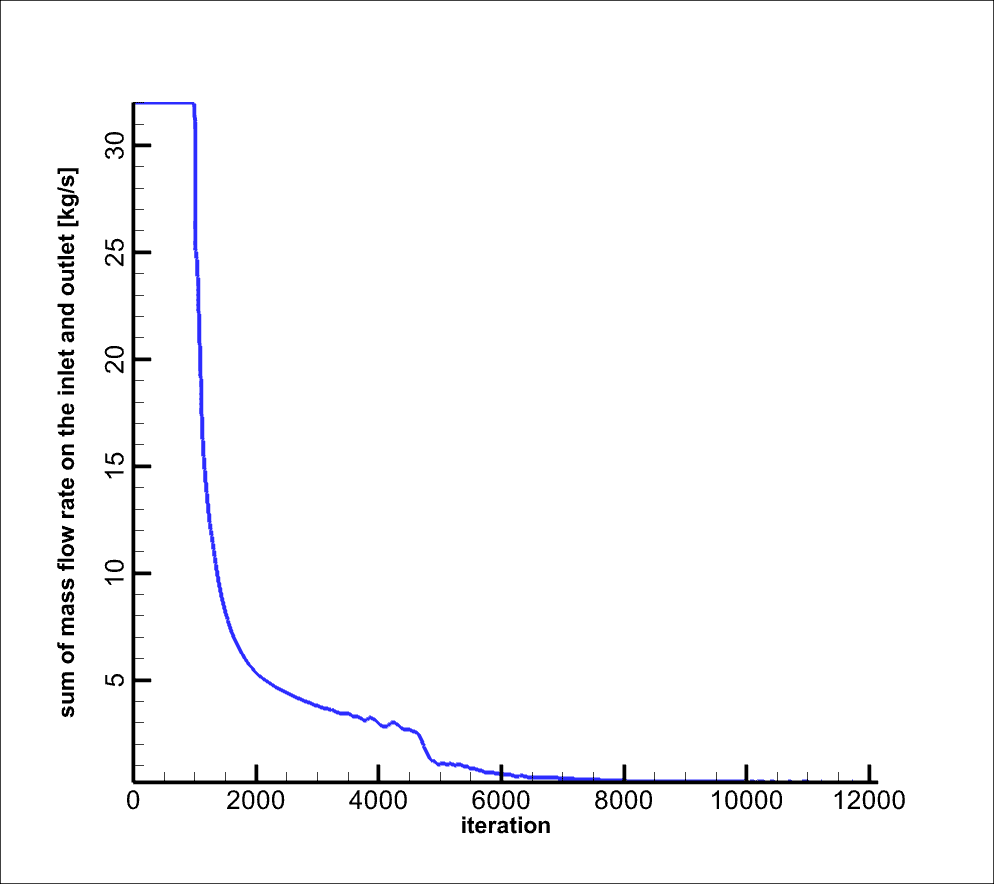

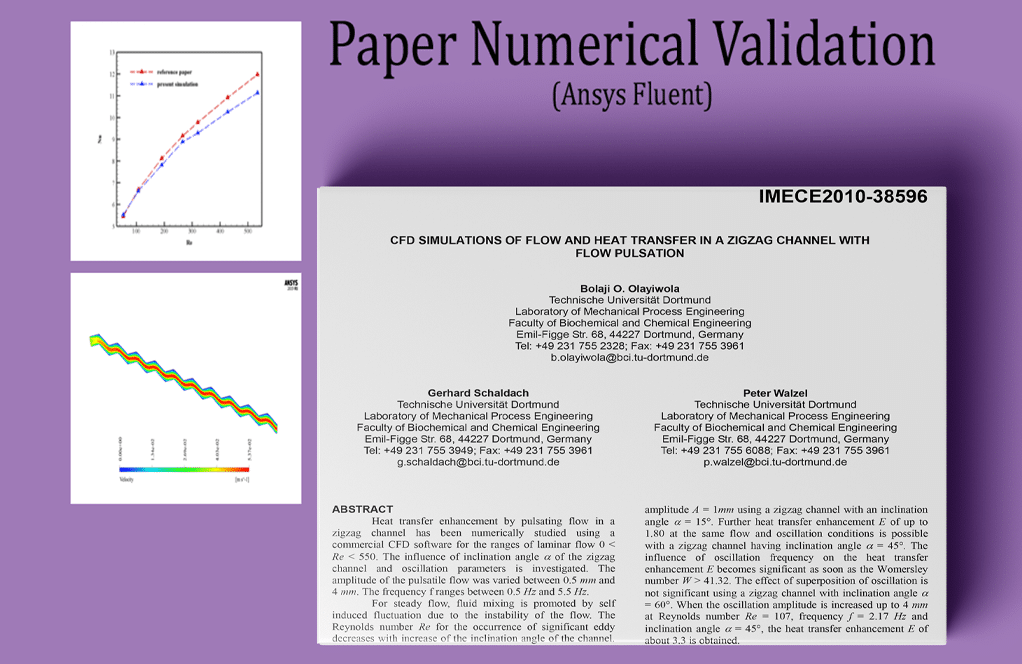


Reviews
There are no reviews yet.